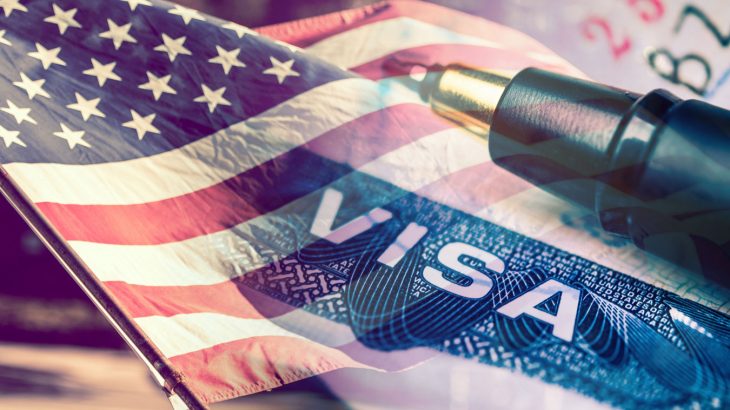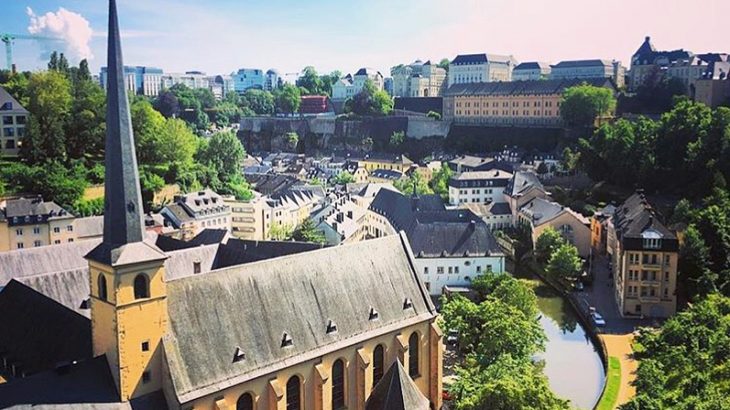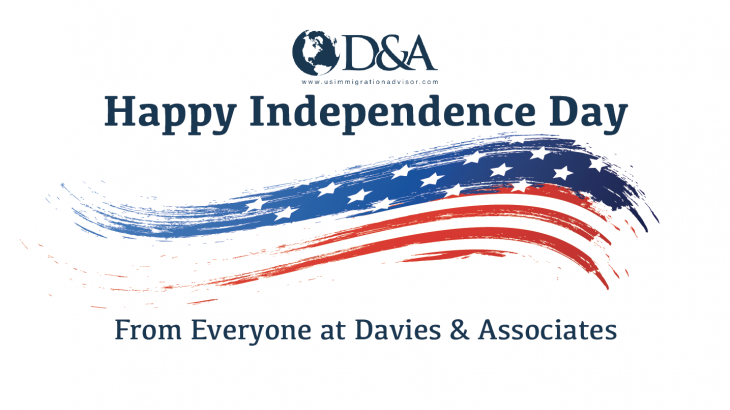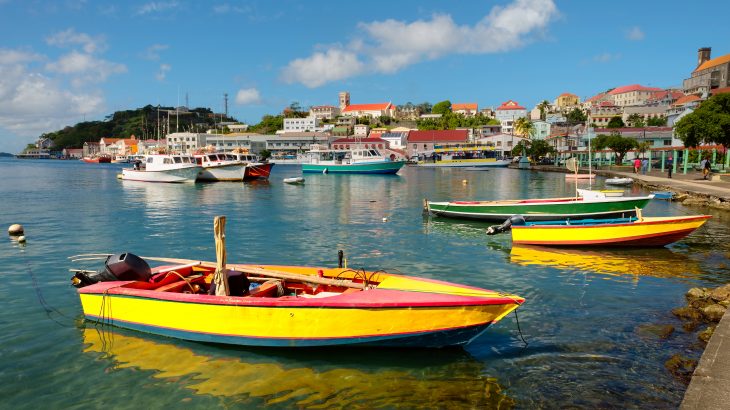Are you worried about your children “ageing out” of a family E-2 visa? Are you worried about leaving behind extended family members? We can help you solve this issue with some careful planning.
By Verdie Atienza & Sukanya Raman
If you are planning to move to America but are concerned about your child age and your extended family members to be a part of your application, we have a solution for you.
We see that a lot of Indian nationals are enthusiastic to move to America for obvious reasons like business opportunities, better standards of living, healthcare, education, etc. Though, take a step back as in most visa categories are limited to spouse and children below the age of 21 including the E-2 Treaty Investor visa.
The spouse and children may apply for E-2 derivative visas. The spouse may apply for Employer Authorization Document (EAD) to work for any US employer and the children are permitted to study.
There are ways to structure the E-2 enterprise to address the issues of ageing-out for children and qualifying other family members. As once the children turn 21 they will cease to qualify as dependents under the E-2 Visa.
We can structure the E-2 enterprise in such a fashion that it qualifies children over the age of 21, dependent parents, unmarried siblings.
To qualify for the E-2 Treaty Investor visa, the requirement is to own at least 50% of the E-2 company to show operational control. For this reason, the E-2 company may qualify two Treaty Investors having 50-50 ownership. The child who may age-out can make an investment to acquire at least 50% of the E-2 enterprise to qualify himself as a Treaty Investor.
If the goal is to bring members of the extended family like parents or siblings, they can be made 50% owners of the E-2 company, and they may also obtain derivative visas for their spouse and dependent children as well.
In cases where there are multiple family members, two or more E-2 enterprises can be set up. With relatively low investment requirements, it should not be too difficult for foreign entrepreneurs to raise capital.
Another advantage of the E-2 option is that the E-2 enterprise may file a petition for E-2 employees who must be the same nationality as the treaty investor. The prospective employees must either be engaged in duties of an executive or supervisory character or if employed in a lesser capacity, have special qualifications.
Children over 21, parents, siblings, and other extended family members may potentially qualify for E-2 Employee Visas provided they have the same nationality, and they meet the requirements for employees under the treaty.
India is not a Treaty country, but with attractive Citizenship by Investment (CBI) programs offered by countries that have E-2 treaties with the US like Grenada, Turkey and Montenegro, the path to the E-2 visa are clear. Compared to the investment the amount for EB-5 Immigrant Investor Program and the wait time to get a green card is much longer than the E-2 Visa.
The processing time for E-2 visa is much quicker ranging from six to eight months from the date of application. Meaning, your children can start school in American from the next academic year onwards. E-2 visa is not like other non-immigrant visas. E-2 visa can be renewed indefinitely, which gives you stability and permanency. There are no country limit or quota limit under the E-2 Visa.
To conclude, below are the most well-known advantages of the E-2 visa:
1. Quick Processing Times
2. No Quota Limitations
3. Relatively Less Capital Investment Needed
4. Funds to be Invested may come from various sources
5. Control of Investment Funds and the Treaty Enterprise
6. You may opt for a franchise
7. Dependents are entitled to E-2 derivative visas
8. Flexibility with Travel
9. Potential Tax Advantages
10. Relatively Low Legal Costs
This article is published for clients, friends and other interested visitors for information purposes only. The contents of the article do not constitute legal advice and do not necessarily reflect the opinions of Davies & Associates or any of its attorneys, staff or clients.































